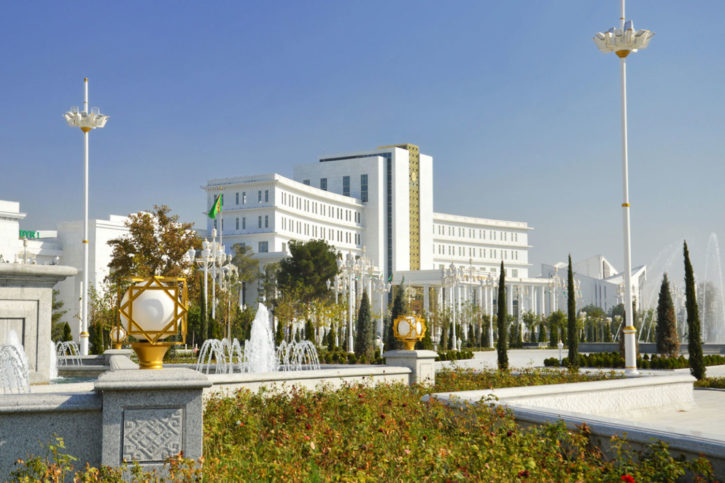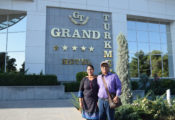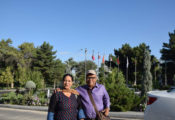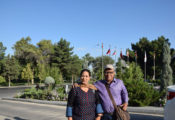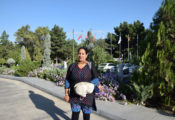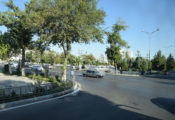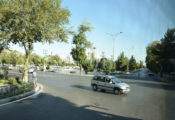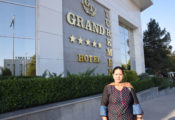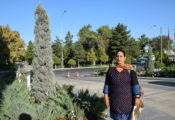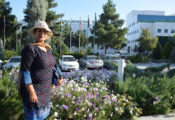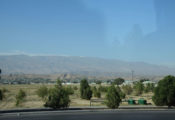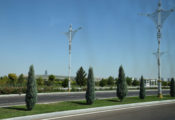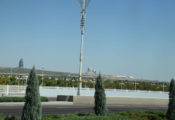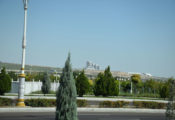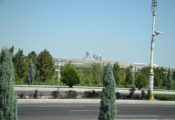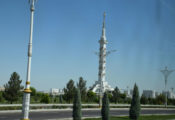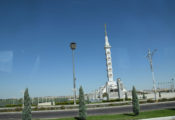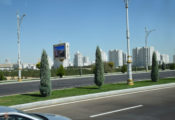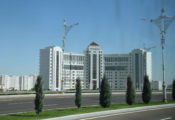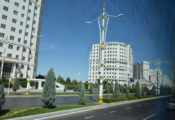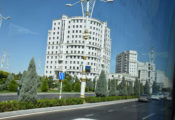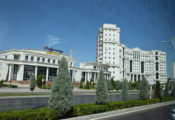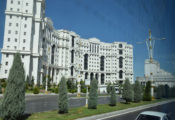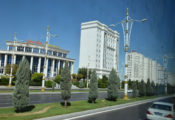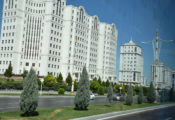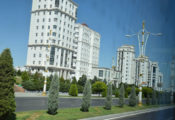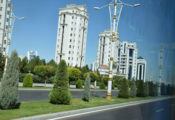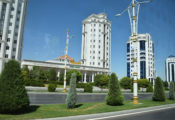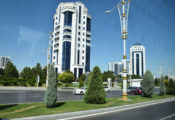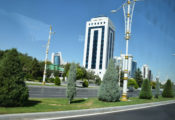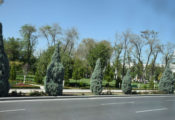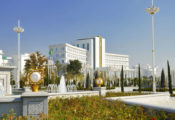From the 3rd century BC to the 1st century AD, links were strong between China, Central Asia, Parthia and the Roman Empire. From the 7th to the 10th century, Islam spread and with it came the conquest of the Arabs that had controlled large parts of the Silk Road up to that point. Later still, the Silk Road was protected and controlled by the Mongols, successors of Genghis Khan. But from the 16th century overland trade and the Silk Road was sidelined. We took a journey from Ashgabat in Turkmenistan to Almaty in Kazakhstan, through the same Silk Route or Silk Road, for 17 days and took photographs of the old civilization.
Ashgabat is located in the south of Turkmenistan, 25km north of the border with Iran from which it is separated by Kopetdag mountains, while on the other side the city borders with the Karakum desert. Settlements on the territory of modern Ashgabat date back to the Neolithic era, around 6000 BC. The Kopetdag mountains were at that time an agricultural oasis.
Ashgabat was recently noted by the Guinness Book of World Records as having the most white marble-clad buildings in the world — 543 new buildings lined with white marble covering a total area of 4.5 million square meters. Built almost entirely off the receipts of Turkmenistan’s oil and gas revenues, the city’s transformation continues at break-neck speed, with whole neighborhoods facing the wrecking ball in the name of progress, and gleaming white marble monoliths springing up overnight like mushrooms. After the 1948 earthquake, Ashgabat was rebuilt in the Soviet style, but its modern incarnation is somewhere between Las Vegas and Pyongyang, with a mixture of Bellagio fountains, Stalinist ministries of state and national monuments. There are some decent restaurants and no shortage of quirky sights, making it a pleasant place to absorb Turkmenistan’s bizarre present before heading into the rest of the country to discover its fascinating past.
Turkmenistan is number 7 on the list of the least visited countries in the world, receiving only 7,000 visitors per year. Many travelers choose to skip Turkmenistan due to the strict visa rules.You can only get a tourist visa if you join a guided tour and that means added cost and limited freedom.
When the Ashgabad ancient military fortress was built in 1881, the city became the administrative center of the Trans-Caspian region. From 1919 until 1927 the city was named Poltoratsk. With the formation of the Turkmen SSR on 27 October 1924 the city became the capital of the republic and in 1927 it was given the name of Ashgabat. The city was rebuilt after Turkmenistan gained independence. While rebuilding the city a lot of attention was paid to the appearance and improvement of the territory’s landscaping. Today the white-marble Ashgabat is known as one of the most beautiful and comfortable cities in the world.

